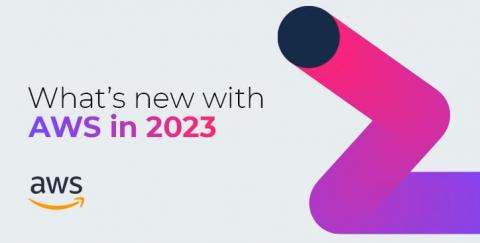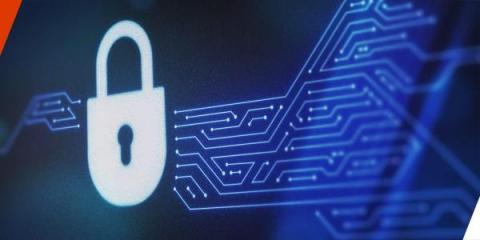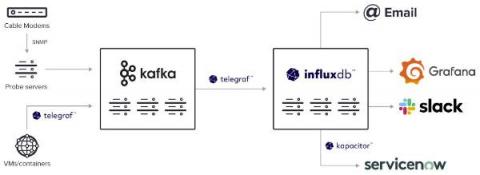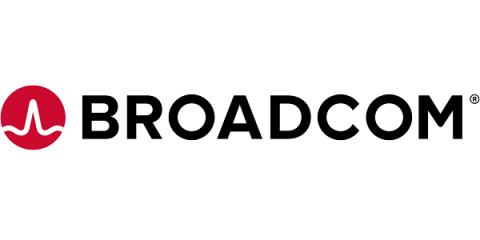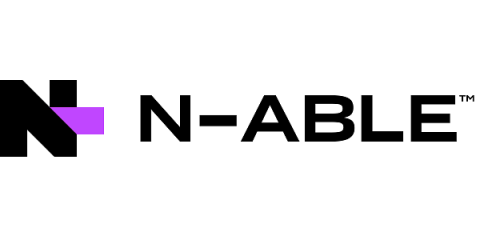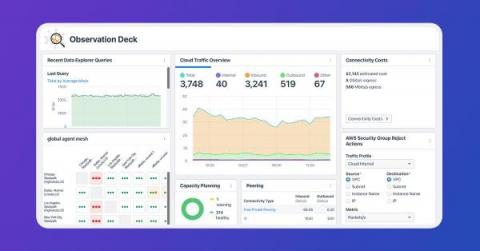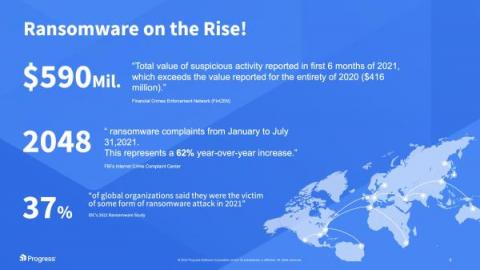Operations | Monitoring | ITSM | DevOps | Cloud
Latest News
What is Secure Access Service Edge (SASE)?
Check Point’s 2022 Workforce Security Report states that more than half of the workforce works remotely in 57% of organizations. The increase in the number of employees that work from home brings up new security implications that on-premise IT environments didn’t have to worry about. As organizations continue to undergo digital transformation, the existing network and network security architectures no longer meet the needs of the current digital era.
How to Use Time-Stamped Data to Reduce Network Downtime
Telecommunication organizations need to ensure they have the necessary resources and technology to maintain service uptime SLAs. Increased regulations and emerging technologies forced telecommunications companies to evolve quickly in recent years. These organizations’ engineers and site reliability engineering (SRE) teams must use technology to improve performance, reliability and service uptime.
DX NetOps Flow Management: Modernized Deployment and Visualization
On any given day, network administrators have to contend with significant challenges. They often struggle with key questions: How do I ensure I’m spotting traffic anomalies? How do I use our resources most efficiently? How can I intelligently plan for network capacity upgrades? By employing network flow monitoring, administrators can gain accurate insights into these topics.
Agent vs. Agentless Monitoring
Network monitoring is a critical aspect of managing and maintaining the performance and security of a network. It includes monitoring and analyzing network traffic, devices, and systems to identify potential issues and ensure that the network operates efficiently and effectively. Network monitoring can help organizations identify and prevent security breaches, identify and troubleshoot performance issues, and ensure compliance with industry regulations and standards.
N-able Strengthens Security Offerings with 24x7 Managed Detection & Response Powered by SentinelOne Vigilance
Gathering, Understanding, and Using Traffic Telemetry for Network Observability
Traffic telemetry is the data collected from network devices and used for analysis. With traffic telemetry, engineers can gain real-time visibility into traffic patterns, correlate events, and make predictions of future traffic patterns. As a critical input to a network observability platform, this data can help monitor and optimize network performance, troubleshoot issues, and detect security threats. However, traffic telemetry can be difficult to understand.
What is Network Detection and Response and How Does it Work?
For the sake of security, performance and uptime, IT pros must find problems on the network immediately and fix them fast. Hmm. Sound like network detection and response (NDR)? It is.
What is HAProxy, and what is it used for?
Data Gravity in Cloud Networks: Achieving Escape Velocity
In an ideal world, organizations can establish a single, citadel-like data center that accumulates data and hosts their applications and all associated services, all while enjoying a customer base that is also geographically close. As this data grows in mass and gravity, it’s okay because all the new services, applications, and customers will continue to be just as close to the data. This is the “have your cake and eat it too” scenario for a scaling business’s IT.


